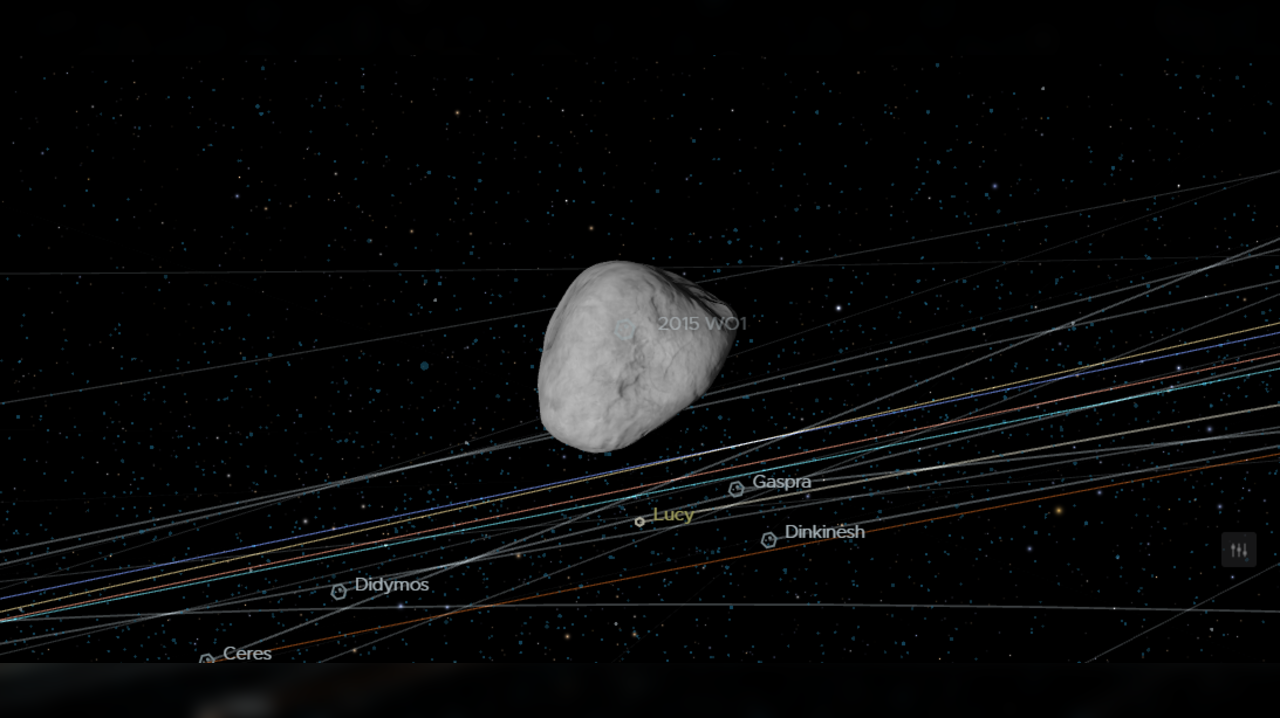NASA Tracks Bus-Sized Asteroid Closer Than the Moon (Image: NASA)
The majority of the asteroids stay between Mars and Jupiter, a space known as the asteroid belt. However, a few of them are known as NEOs, the near-Earth Objects, which are asteroids and comets that have orbits that bring them close to Earth. While most of these near-Earth asteroids safely past Earth so far, but there are a few which actually hit the Earth or blasted in our home planet’s atmosphere.
NASA has alerted that there is a small yet mighty asteroid which is set to make a close distance towards Earth, closer than even our Moon. This space rock, dubbed Asteroid 2024 KA2, is racing towards Earth today. Know what NASA has said about this asteroid.
Asteroid 2024 KA2 Details
The size is not a matter of concern for this Asteroid 2024 KA2. NASA says that it is just 29 feet wide, as big as a bus. It is moving towards Earth at a speed of 47,309 KM per hour (13.14 KM per second). As mentioned before, it is the distance which is making scientists worry about this space rock. Asteroid 2024 KA2 will be just 217,000 miles away from our home planet, NASA confirmed. It must be noted that the average distance between Earth and the moon is about 239,000 miles (385,000 kilometres).
However, NASA hasn’t designated it as a potentially hazardous asteroid which is the ones which move within 4.6 million miles of the Earth and is more than 150 meters in size. Due to the smaller size, Asteroid 2024 KA2 is not potentially hazardous. Still, it is important to keep an eye on the upcoming asteroid to avoid any mishap.
Do Asteroids Hit Earth?
Yes, asteroids do hit the Earth! The asteroid believed to have triggered the mass extinction event that led to the demise of the dinosaurs struck Earth approximately 66 million years ago. This catastrophic event, known as the Chicxulub impact, occurred near the coast of present-day Mexico. Reports suggest that the impact released immense energy, triggering widespread fires, tsunamis, and a global climate shift. In addition, multiple smaller asteroids orbiting relatively close to Earth were detected moving in our planet’s direction. However, while encountering Earth’s atmosphere, these space rocks explosively disintegrated.
On January 21, 2024 in Germany, a small asteroid about 3.3 feet wide burned up in Earth’s atmosphere near Berlin. As it entered the atmosphere, the asteroid became a bright fireball visible across Europe.




